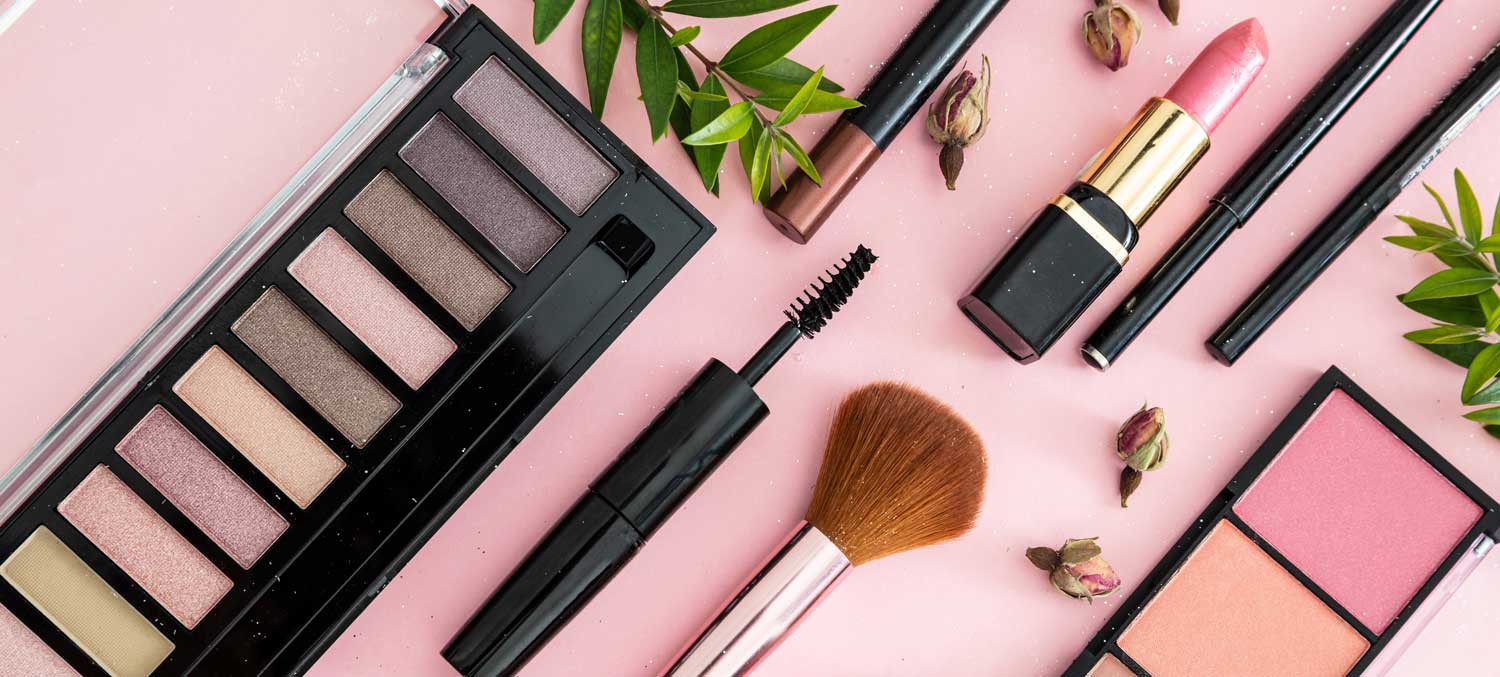
I love makeup.
When I was younger, playing “makeover” was one of my favorite activities with my friends because it was fully accessible.
I’m disabled. So, playing soccer, baseball, tag, hide-and-go-seek, and so many other games children typically play with their friends were difficult and sometimes even impossible for me to fully participate in. Instead, I gravitated toward fun activities you could do indoors, and that required little to no physical movement.
What started as a love for painting and dress-up slowly transitioned into a passion for makeup. As a teenager and now young adult, my love of makeup has stayed intact. It’s still the one activity that can cheer me up or calm me down in any given situation.
But, one thing you get with artistic hobbies that you don’t often get from physical ones is a need to update your supplies with some regularity.
When I was younger, I was often given makeup sets for my birthday or Christmas, so getting new products always brought up feelings of excitement and joy. Now, as a 24-year-old woman, I am in charge of getting my own products.
As much as I can still appreciate the look and feel of an untouched eyeshadow palette or an unopened lipstick, my excitement surrounding new products has faded due to my struggles in acquiring them.
Shopping is rarely fully wheelchair accessible.
Stores try to cram their floors with as many products as physically possible, leaving aisles narrow and corners tight. Particularly in cosmetics and beauty-based shops, you’ll see random aesthetic displays placed around the room. While these might be “on brand” and pretty to look at, I usually view them as an unnecessary barrier to the rest of the store.
Honestly, shopping in a store reminds me of a corn maze. Displays are too tall to see around, so I have to keep wandering the space until I can find the one accessible path to my desired destination. I’ve realized that there are just some brands I’ll never be able to try because I physically cannot get to them with my wheelchair.
Additionally, my wheelchair has knocked down countless makeup and hair care products throughout my life due to these obstacles. Every single time this happens, not only do I feel a massive amount of embarrassment, frustration, and fear of having broken something, but I also feel guilty.
I’m the one with the big hunk of metal, after all. Taking up too much space and being a burden to myself and others is my reality. I am the problem.
That mentality is a great way to develop poor self-esteem, something that I’ve personally struggled with for years. And it’s something I am currently working on correcting.
Because at the end of the day, I am a consumer too. I go shopping. My body and mobility aids exist. Stores should cater to all shoppers or just not be in business. To me, it is that simple.
I’ve talked about being a disabled shopper inside stores, but the outside matters just as much, if not more. Step-free access into a business, no matter the industry or the size, should be a given in 2021, but it’s not. Wheelchair ramps are easy fixes that businesses of all sizes should be able to acquire. They’re easy to have installed and fairly inexpensive.
But having a wheelchair ramp isn’t the only piece to the puzzle you need to consider. The placement of a ramp is also imperative to a customer’s ability and safety.
In the city where I went to college, my favorite chain makeup store was located in a shopping center. They had both a ramp and accessible parking spaces. So, from the outside, it looked like they were doing everything right. But, if you looked from a disabled person’s perspective, you’d see that they weren’t even close to perfect.
You see, the accessible parking spaces were located directly in front of the shop, but the ramp to go up onto the sidewalk was about 50-75 feet away. To get to the ramp, I not only had to go out of my way, something that can be excruciatingly difficult for manual wheelchair users in particular, but I had to risk my safety through the traffic.
Parking lots are dangerous for everyone, but even more so for wheelchair users. We are lower to the ground and can be difficult to spot. Most drivers treat parking lots as a free-for-all. Rules fall to the wayside.
So, while this store fits the ADA’s vague requirements to provide reasonable accommodations, I never felt accommodated at all. I felt anxious, frustrated, and, frankly, unsafe.
Honestly, this is how access usually looks. It’s an afterthought or poorly planned. The wheelchair ramp might be in the back of a building, or stores might have assistants who can run down an aisle to pick up the product you want but can’t reach.
We need to stop considering this accessibility because it’s not. If access is dangerous, complicated, or not promoting independence, it’s not helpful or inclusive.
My love of makeup isn’t going away, but my tolerance for inaccessibility is.
Let’s do better together.

Jessica Ping-Wild is a disabled writer, content creator, and consultant. In May 2019, she graduated from the University of Notre Dame with a Bachelor’s degree in English literature. Since graduating, Jessica founded The Rolling Explorer, a lifestyle blog with a disabled twist, and signed with Zebedee Management, an inclusive talent agency, as a model, actress, and influencer.

Don’t Risk Injury To You Or A Loved One
Why wait? Give us a call at 877-596-7293 or contact us online to get started!